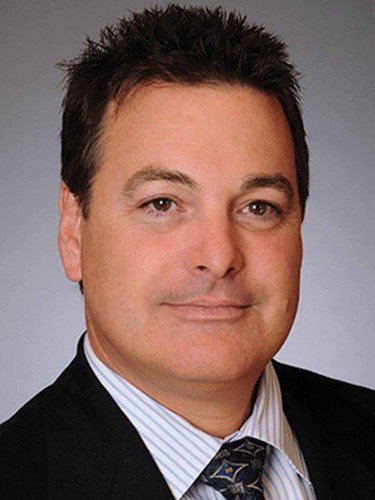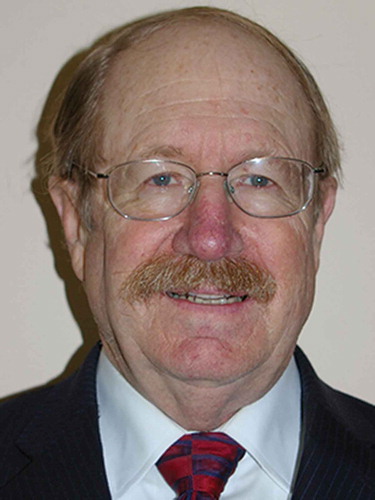The potential environmental impact of air pollutants emitted from the oil sands industry in Alberta, Canada, has received considerable attention and evoked considerable debate for many years. The mining and processing of bitumen to produce synthetic crude oil and the waste products associated with this activity, have led to significant emissions of gaseous and particle air pollutants. Deposition of pollutants occurs locally (i.e., near the sources) and also potentially at distances downwind, depending upon each pollutant’s chemical and physical properties and meteorological conditions. The Joint Oil Sands Monitoring Program (JOSM) was initiated in 2012 by the Government of Canada and the Province of Alberta to enhance or improve the monitoring of pollutants and their potential impacts. In size, the oil sands region is an immense area of 142,000 km2, the world’s third largest petroleum deposit, and is estimated to include approximately 1.7 trillion barrels of oil in the form of bitumen, although the recoverable amount of oil is estimated to be only about 10% of that amount, or 160 billion barrels.
Despite knowledge on how to assess the impacts of human development and resource extraction not only in the oil sands region but also in other environments worldwide, significant knowledge gaps regarding the magnitude, causes, and implications of present and future impacts remain. To better understand environmental impacts and changes in the oils sands region, an enhanced, coordinated monitoring and research program has been underway since 2012 in northern Alberta. In partnership with the Province of Alberta, Environment and Climate Change Canada has undertaken a range of monitoring studies on the air, water, and wildlife, and key findings from this work are the focus of the 49th Annual Air & Waste Management Association (A&WMA) Critical Review by Dr. Jeffrey R. Brook and coauthors (Brook et al. Citation2019), as well as additional information in companion supplemental material. Not covered in this critical review are greenhouse gas emissions nor public health impacts.
Lead author, Dr. Jeffrey R. Brook, is an assistant professor in the Dalla Lana School of Public Health and the Department of Chemical Engineering and Applied Chemistry at the University of Toronto, Canada. Coauthors include Stewart Cober, M. Freemark, Tom Harner, Shao-Meng Li, J. Liggio, Paul Makar, and Bruce Pauli, all with Environment and Climate Change Canada.
Dr. Brook is a recently retired senior scientist with Environment and Climate Change Canada Air Quality Research Division. He is recognized nationally as a leading expert on air quality and has helped shape policy through his research, activities on national committees, leadership in preparing science assessments, and advice to senior levels of government. Over the past 25 years, he has contributed substantially, frequently including lead roles, to many of the government’s science assessments, including two rounds of acid deposition science assessments and two rounds of particulate matter assessments, including the recent Canadian smog (PM2.5 and ozone) Science Assessment and both joint Canada–U.S. Assessments on Transboundary Particulate Matter in support of the Canada–U.S. Air Quality Agreement, co-leading the most recent assessment. Internationally, Dr. Brook was a lead author on North American Research Strategy for Tropospheric Ozone's (NARSTO) (U.S.–Mexico–Canada) Assessment on Particulate Matter for Policy-Makers, a co-chair and multichapter author on NARSTO’s assessment on Technical Challenges of Multipollutant Air Quality Management, and coauthored the Network on Environmental Risk Assessment and Management’s Guidance Document for Risk Managers on Air Pollution and Public Health.
A&WMA members and interested parties are invited to read, attend, and comment on the 49th Annual Critical Review at the 112th A&WMA Annual Conference & Exhibition to be held in Québec, Canada, on June 27, 2019, 8:00–10:30 a.m. This year’s invited discussants are Allan H. Legge, Ph.D., F.A.A.A.S., F.A.W.M.A., P.Biol., principal of BioSphere Solutions, formerly of the University of Calgary and the Alberta Research Council, and recipient of the 2017 A&WMA Frank A Chambers Excellence in Air Pollution Award; Jason M.E. Ahad, Ph.D., research scientist with the Geological Survey of Canada and adjunct professor at l’Institut National de la Recherche Scientifique (INRS); Kevin E. Percy, Ph.D., executive director of the newly formed Atlantic Forest Research Collaborative at the University of New Brunswick, formerly lead scientist and executive director of the Wood Buffalo Environmental Association, Alberta, Canada; and Monique Dubé, Ph.D., executive director of the Integrated Environmental Analytics & Prediction Branch in the Environmental Monitoring and Science Division of Alberta Environment and Parks, and the science co-lead of the Oil Sands Monitoring Program working with her counterpart in Environment and Climate Change Canada.
The discussants will provide different perspectives on the critical review, some of whom may agree (or disagree) with the narrative and conclusions of the critical review authors and with one another. Discussants will be asked to identify additional issues—including whether or not the ecological monitoring program is adequate to safeguard nearby sensitive ecosystems and local populations—and offer alternative commentary based on their scientific expertise.
Comments also will be solicited and accepted from the floor and from written submissions to the chair of Critical Review Committee until July 25, 2019. The chair will condense and summarize these points in the October 2019 issue of JA&WMA. Members are encouraged to suggest topics and authors for future critical reviews and to apply for membership on the Critical Review Committee. If you are interested in joining the committee, please inquire with the chair at [email protected].
2019 Critical Review Committee
Samuel L. Altshuler, Chair
Eric Stevenson, Vice Chair
Michael T. Kleinman, Immediate Past Chair (2013–2016)
George M. Hidy, Past Chair (2009–2012)
Judith C. Chow, Past Chair (2001–2008)
John G. Watson, Past Chair (1994–2000)
Patricia Brush, A&WMA Technical Council Liaison
Christina Akly
John Bachmann
Prakash Doraiswamy
Stanley Hayes
Christian Hogrefe
Mark McMillan
Yevgen Nazarenko
Bret Schichtel
Reference
- Brook, J. R., S. G. Cober, M. Freemark, T. Harner, S.-M. Li, J. Liggio, P. Makar, and B. Pauli. 2019. Annual A&WMA critical review: Advances in science and applications of air pollution monitoring: A case study on oil sands monitoring targeting ecosystem protection. J. Air & Waste Manage. Assoc. 69: 661–709. doi:10.1080/10962247.2019.1607689.


